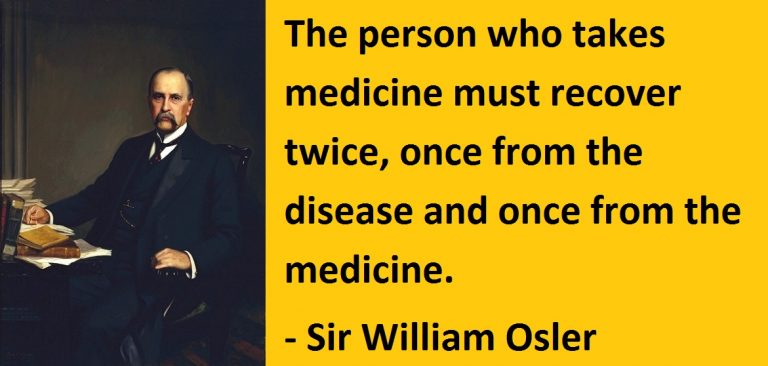Introduction: A New Era in Wound Healing
In the world of medical advancements, few innovations promise as much potential as the new “smart bandages.” Chronic wounds, including diabetic ulcers, surgical wounds, and pressure injuries, pose a significant threat to patient health. With a five-year survival rate around 70%, the outlook for these patients is often worse than that of many cancer patients. Addressing this issue, researchers at the Keck School of Medicine of USC, in collaboration with the California Institute of Technology (Caltech), are pioneering revolutionary smart bandage technologies aimed at transforming wound care and improving patient outcomes.
The Dire Need for Innovation in Wound Care
Chronic wounds are more than a mere inconvenience; they are a life-threatening condition. The economic burden is staggering, with treatment costs in the U.S. alone reaching an estimated $28 billion annually. Traditional wound care methods often fall short, leaving patients vulnerable to infections, prolonged healing times, and severe complications such as sepsis or amputation. The statistics underscore the urgency for a technological breakthrough in this field.
The Birth of Smart Bandages
Emerging from the collaboration between USC and Caltech, smart bandages represent a significant leap forward in medical technology. These innovative dressings are designed to continuously monitor the healing process, detect complications such as infections or abnormal inflammation, and deliver targeted treatments in real-time. Supported by the National Institutes of Health, the research team has successfully tested these bandages in animal models, showcasing their potential in a proof-of-concept study.
How Smart Bandages Work
Smart bandages integrate cutting-edge materials and advanced technology to provide a holistic approach to wound care. Utilizing bioelectronic materials, these bandages can deliver electrical stimulation to promote tissue and cell healing. Advanced hydrogels within the bandages store and release medications in response to environmental factors such as pH and temperature changes. The sensors embedded in the dressings monitor various biomarkers, providing continuous data on the wound’s condition and enabling timely interventions.
The Promise of Continuous Monitoring
One of the most significant advantages of smart bandages is their ability to provide continuous monitoring. This feature is particularly crucial for chronic wounds, which are often unpredictable and prone to complications. The sensors in the smart bandages can detect inflammation, infections, and issues with blood flow. They transmit this data wirelessly to healthcare providers, ensuring that any potential problems are addressed promptly. This proactive approach is akin to monitoring cholesterol levels to prevent heart disease, rather than waiting for a heart attack to occur.
The Road to Regulatory Approval
Despite the promising results from initial studies, the journey to bring smart bandages to clinical practice involves navigating a complex regulatory landscape. The U.S. Food and Drug Administration (FDA) requires comprehensive preclinical and clinical data to approve these advanced medical devices. The USC-Caltech team is committed to meeting these requirements, aiming to collect the necessary evidence to demonstrate the safety and efficacy of smart bandages. This process is crucial to ensuring that these innovations can be widely adopted in standard medical practice.
Challenges and Next Steps
Integrating smart bandages into the healthcare system requires more than just regulatory approval. Current wound care practices often rely on outdated methods, such as visual assessments that can be subjective and imprecise. Transitioning to a system that incorporates smart technology will necessitate significant changes in clinical protocols and training. Additionally, the cost and accessibility of these advanced dressings must be considered to ensure that they are available to all patients in need.
Interdisciplinary Collaboration: The Key to Success
The development of smart bandages is a testament to the power of interdisciplinary collaboration. Researchers from materials science, nanotechnology, digital health, and clinical medicine have come together to create these innovative solutions. This collaborative effort ensures that the technology is both scientifically robust and clinically relevant. Moving forward, continued partnerships between scientists, engineers, and healthcare professionals will be essential to refine and expand the capabilities of smart bandages.
The Future of Wound Care
As the USC-Caltech team continues to push the boundaries of what is possible in wound care, the future looks promising. In addition to smart bandages, researchers are exploring new approaches such as using ultrasound technology to guide gene therapy treatments. This technique aims to stimulate blood vessel growth in calf muscles, potentially reducing the risk of amputation for patients with leg ulcers. These advancements represent just the beginning of a new era in wound care, where technology and medicine converge to improve patient outcomes.
Conclusion: A Revolution in Healing
Smart bandages are poised to revolutionize the treatment of chronic wounds. By providing continuous monitoring, timely interventions, and targeted treatments, these advanced dressings offer hope for millions of patients worldwide. The collaborative efforts of researchers at USC and Caltech, supported by the National Institutes of Health, are paving the way for a future where chronic wounds are no longer a debilitating and life-threatening condition. As these technologies move closer to clinical application, the vision of a world with better wound care outcomes becomes increasingly attainable.



